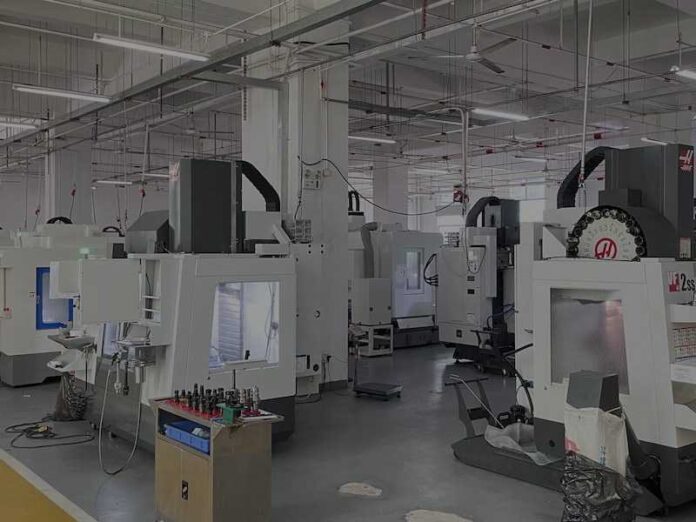
Five-axis machining is a manufacturing process that involves cutting materials along five different axes simultaneously. This process is used to create parts with complex geometries, such as turbine blades and aerospace components.
Five-axis machining can be performed using either a horizontal or vertical milling machine, depending on the application.
In most cases, the material being cut is held in a vise or clamped to the table of the milling machine.
The first three axes of motion (X, Y, and Z) are typically linear (straight line) motions. The fourth and fifth axes of motion are usually angular motions. The fourth axis is known as the A-axis and rotates around the X-axis. The fifth axis is known as the B-axis and rotates around the Y-axis.
Five-axis machining is used to create parts with very complex geometries. It is also used to machine parts that would be difficult or impossible to machine using traditional machining methods.
Higher Precision and Production
Five-axis machining can bring a number of advantages to your manufacturing operation, including greater precision and production rates. It uses five axes of movement to create highly precise parts and components. The extra axes of rotation and movement allow for more complex geometries to be machined, and with greater precision.
When all three linear axes (X, Y, and Z) and two rotational axes (A and B) are used in conjunction, the potential for error is greatly reduced.
In addition, five-axis machining can help you produce more parts in less time, thanks to its ability to reach different areas of a work piece with ease. Five-axis machining can be used to machine multiple parts in one setup, which increases productivity and efficiency.
While the increased complexity of five-axis machining may seem like it would add cost and lead time to projects, the opposite is often true. The ability to machine more complex parts in one setup can actually save time and money in the long run.
In addition, the increased precision of five-axis machining can eliminate the need for secondary operations, further reducing costs.
If you’re looking to improve the precision and productivity of your machining operation, five-axis machining may be the answer.
Better Processes AND Faster Programming
Five-axis machining can bring a lot of benefits to your business, both in terms of improved processes and faster programming. Here’s a look at how five-axis machining can help you achieve these goals.
Five-axis machining can also improve your company’s competitive position. By investing in this type of technology, you’ll be able to offer your customers parts that are produced more quickly and accurately than those produced by your competitors. This can give you a significant advantage in today’s competitive marketplace.
Another benefit of five-axis machining is that it speeds up the programming process. With three-axis machining, programmers often have to account for the fact that the part will be rotated in order to machine it correctly.
With five-axis machining, however, the programmer can simply specify the desired orientation of the part and the machine will take care of the rest. This can save a significant amount of time, particularly when programming complex parts.
Pre-engineered Automation
Pre-engineered automation for five-axis machining is an efficient way to produce precision parts. By using multiple axes of motion, the tool can follow a more complex path, which results in a higher level of accuracy and repeatability.
This type of automation also eliminates the need for manual setup and repositioning of the workpiece, which can save time and improve productivity.
Some of the benefits of pre-engineered automation for five-axis machining include:
Improved accuracy: The ability to follow a more complex path means that the tool can stay on course more accurately, resulting in improved dimensional accuracy of the finished part.
Repeatability: Automation systems can be programmed to repeat the same process over again, which is essential for achieving consistent results.
Increased productivity: Automation can significantly improve throughput by eliminating the need for manual setup and repositioning of the workpiece.
Improved safety: By removing the need for operators to be in close proximity to the moving parts of the machine, automation can help reduce the risk of injury.
Conclusion
One advantage of five-axis machining is that it allows for a single setup of the workpiece, which reduces both setup time and cycle time. Additionally, this method of machining can reduce or eliminate the need for secondary operations, such as drilling and tapping.
Disadvantages of five-axis machining include the high initial investment in equipment and training, as well as the potential for quality issues due to the complexity of the process. In addition, five-axis machining is not well suited for high-volume production due to the long cycle times associated with this method of machining.
Five-Axis machining offers many benefits that other types of machining cannot match. When it comes to precision and accuracy, five-axis machining is the best option. So, five-axis machining is the future of manufacturing, and businesses that don’t adopt it will be at a disadvantage.

